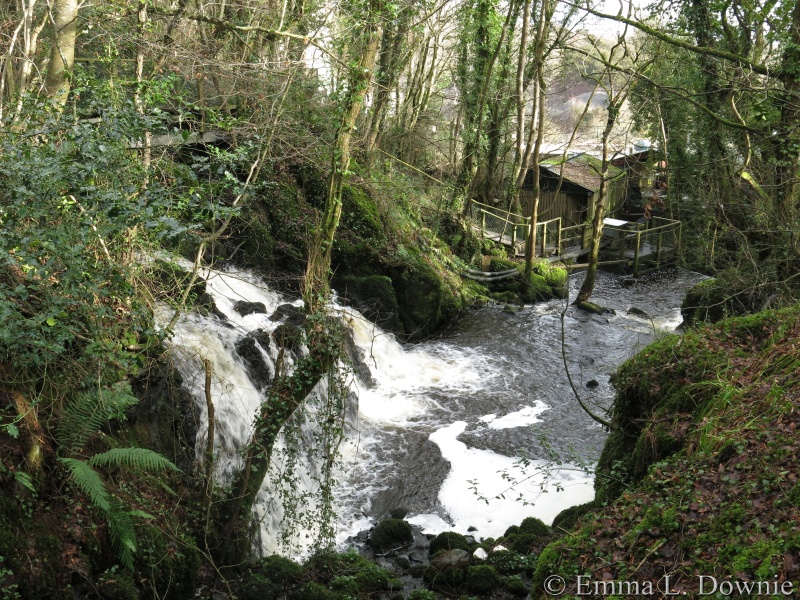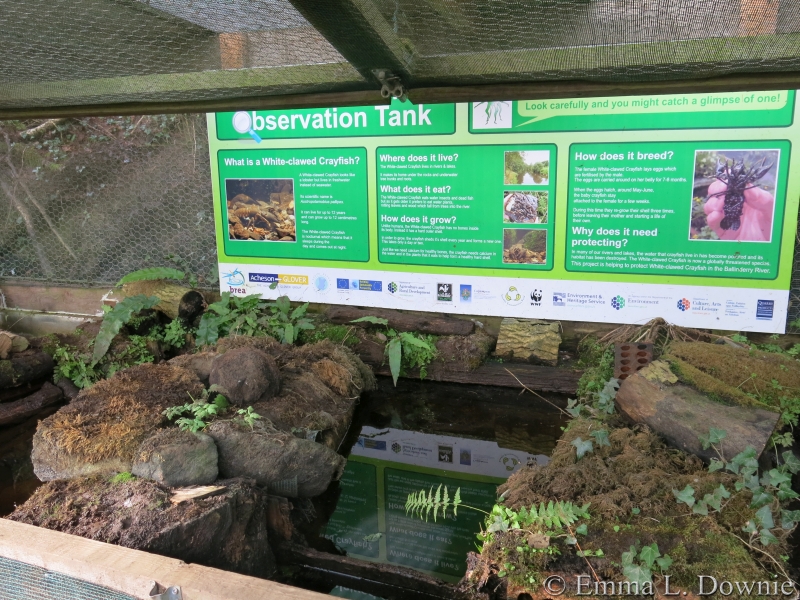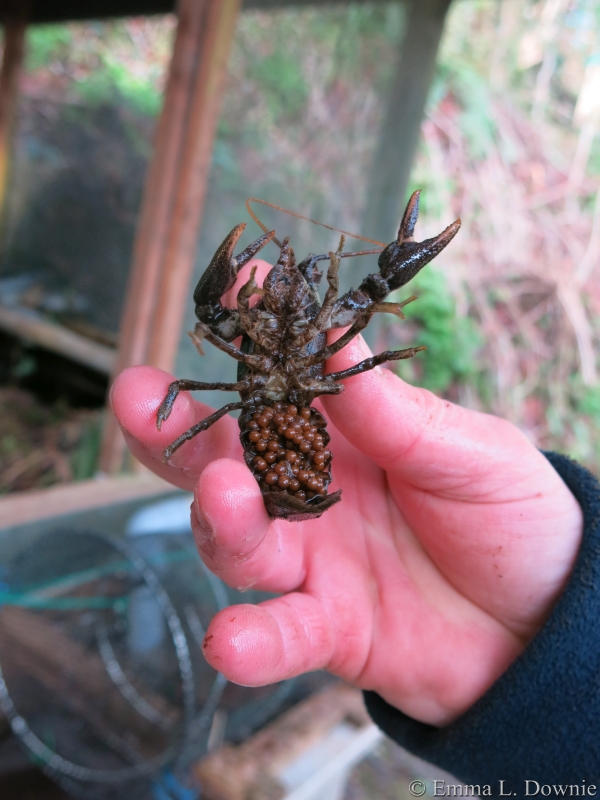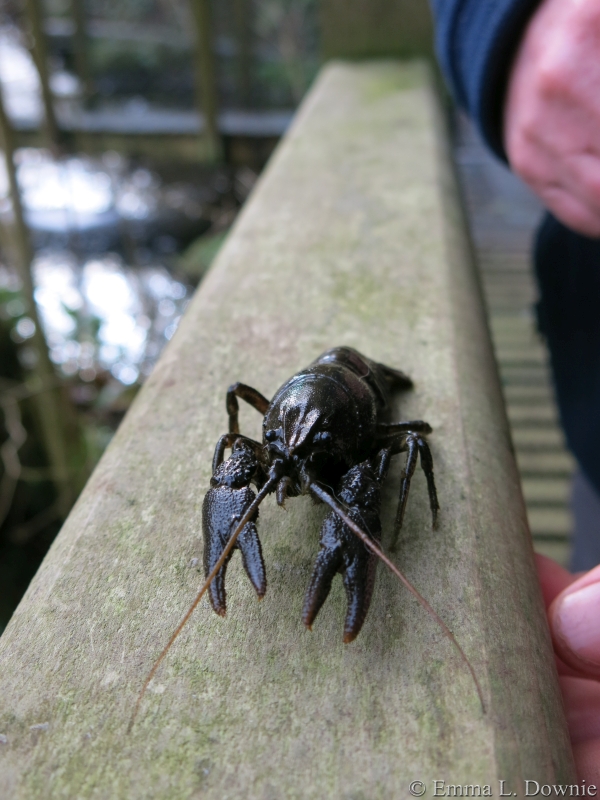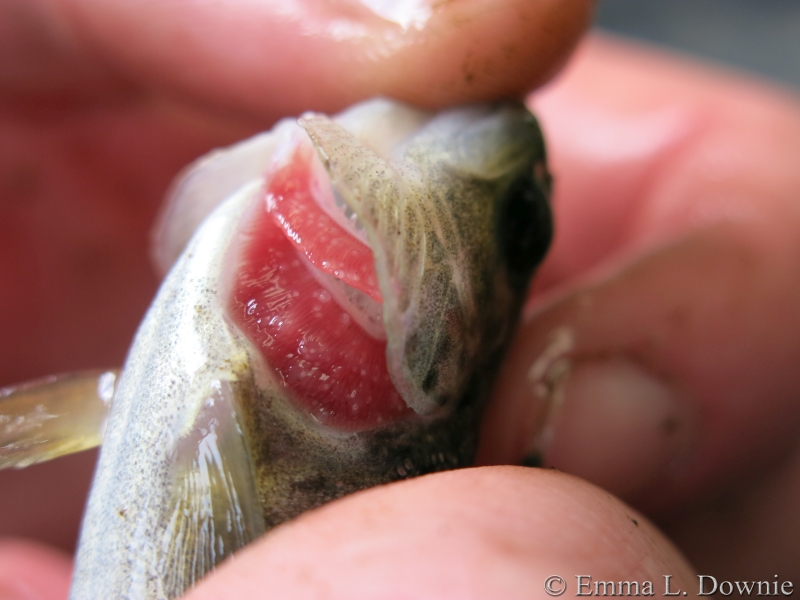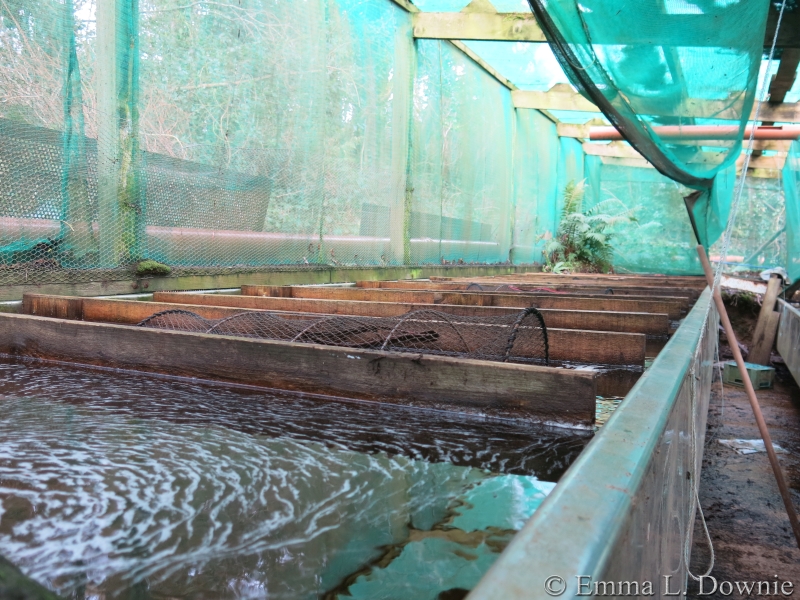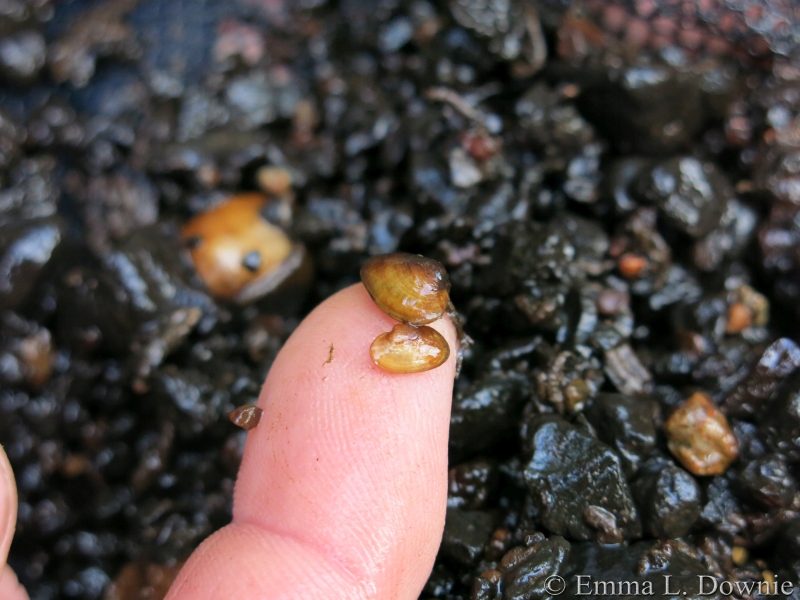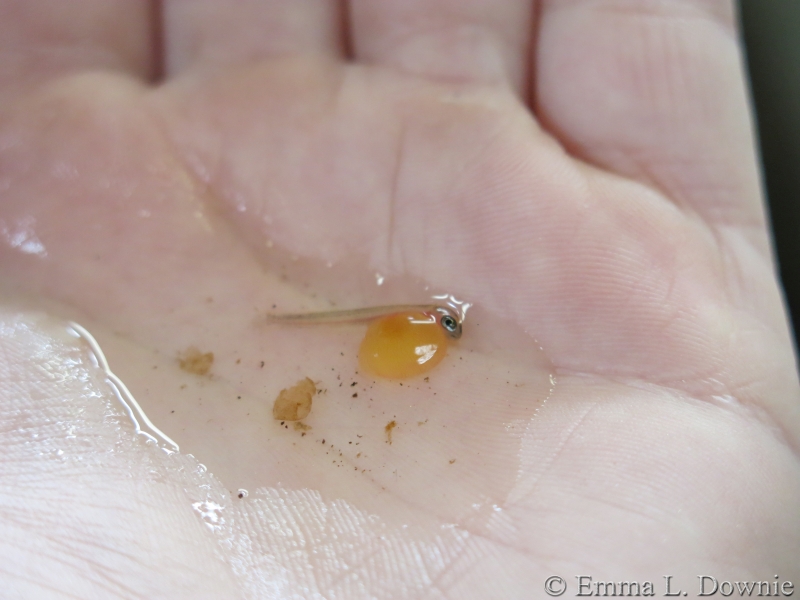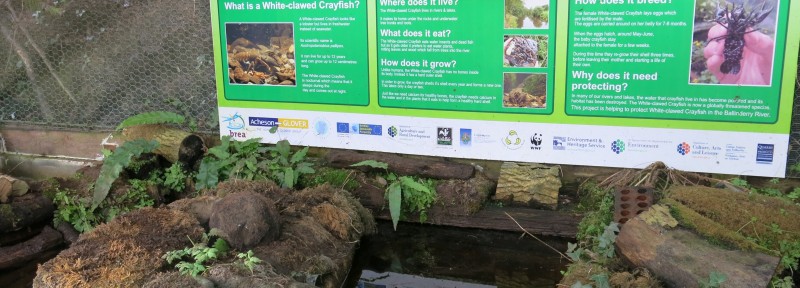
Hi all,
I’m writing to you from the Ballinderry Rivers Trust where I’ve been working for the last five weeks collecting and processing kick samples from around the Ballinderry and Salterstown catchments. In my time here I’ve managed to collect data on 25 out of 29 Riverfly Monitoring Initiative (RMI) sites and 5 additional investigation sites, these have all been scored using BMWP/ASPT, alongside the RMI and the ART rapid assessment methods. Phew.
The quality of these sites has ranged hugely, with the best site having 24 different types of macroinvertebrate, including 4 families of stoneflies, whilst the worst had a mere 5 consisting of leaches, flatworms, midge-larvae, worms and freshwater shrimp, bleurgh. Definitely some habitat improvement work to be done!
Unfortunately my site photographs have decided to go walkies, so unfortunately I won’t be able to share them with you. However to make up for it I got you some lovely hatchery photos of the conservation work that’s done here White-Clawed Crayfish (Austropotamobius pallipes) and Freshwater Pearl Mussels (Margaritifera margaritifera), two species which are recorded as endangered on the IUCN red-list. Here at the hatchery both of the species are being captively bred for reintroduction purposes in order to boost the wild populations. However, reintroductions isn’t the only bit of conservation that is done for these species, as this goes alongside outreach programmes to the general public and habitat improvement/restoration to the catchment in order to create an environment in which they can flourish and that locals will support.
So I’ll start with the crayfish. Within the Ballinderry catchment an ‘arc-site’ has been established in which the crayfish are living and breeding. This is a refuge population for the Ballinderry in-case the invasive American Signal Crayfish ever makes it into the Northern Ireland system (thankfully at the moment they’re not in Northern Ireland). In addition to this arc-site, at the hatchery is also a naturalistic tank with a breeding population of crayfish in. Now as to how many are living in the tank, that’s a bit of an unknown, they’re fantastic at hiding in all the nooks and crannies of the tank! Last week we drained the tank and caught all the crayfish we could (18 in all, but there were probably far more wee ones (as small as 1cm) that we didn’t find). This was done in order to set up a tank for researchers from Queen’s University to take water from various discharge points downstream from the tank. These water samples were being used to investigate e-DNA, a new system that allows for the detection of organisms in water by detecting shedded cells, which can hopefully be used in the field soon to detect wild crayfish populations without the need for trapping.
Now onto the other awesome invert that we breed at the facility, these ones have an absolutely fascinating life-cycle and deserve lots of photographs, the Freshwater Pearl Mussels.
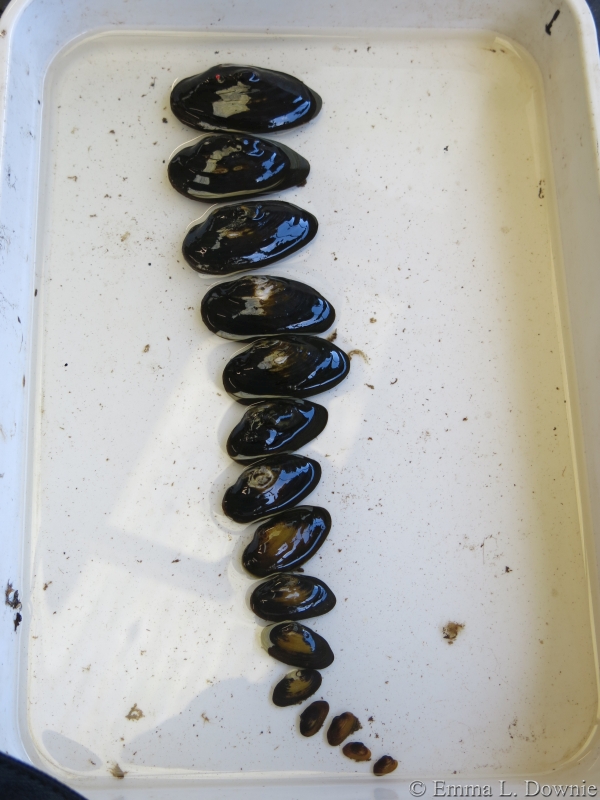
Some of our hatchery bred Freshwater Pearl Mussels (biggest about 15 years old, smallest around 2 years old)
The Ballinderry Rivers Trust is one of the very few places in Europe which successfully breeds Freshwater Pearl Mussels in Captivity. The adult mussels are held in tanks of water which is piped through the hatchery tanks to the hatchery reared brown trout fry. The glochidia (mussel larvae) are washed through these tanks of fish and attach to the gills of the young trout. At the moment the hatchery has about 16,000 young trout carrying the mussels on the gills.
For some of these fish they’re transported to a purpose built vivarium onsite where the glochidia fall off the fishes gills and bury down into the gravel bed. The young mussels might stay buried for as long as four years before coming to the surface of the gravel to filter feed through their siphons, these mussels are then kept in the hatchery’s breeding population. For other fish however they’re released into the Ballinderry where the glochidia can fall off into the river system where they’ll hopefully survive and reinforce the wild population.
Habitat improvement is key to increasing the mussels chances of survival, and in addition to the release of fish with the mussels on the gills under the new mussel project 10km of fencing is about to be put up along the banks of the Ballinderry. This fencing will be placed on the banks at and upstream of the mussel population, reducing siltation of the river and greatly improving the habitat for the mussels. This should hopefully lead to an increase in survival and overall numbers.
Anyway that’s enough for this blog, I don’t want to tell you all my interesting things too early ;). I’m back to NIEA next week to assist with the spring sampling season, swat up some more on my inverts and to continue gathering photographs for the ID guide I’m putting together, so I should certainly be busy in the next few months, but I’m sure it’ll all be great fun.
Until next time,
Emma
P.S. I can’t resist just one more, completely unrelated photo for today’s blog.

